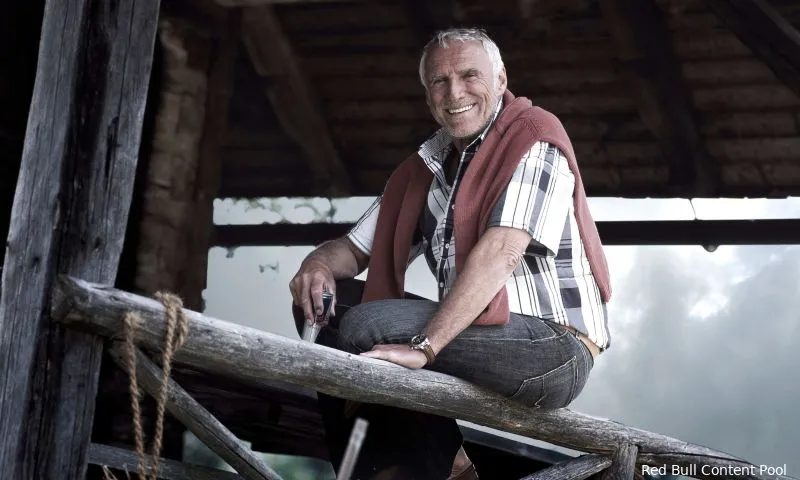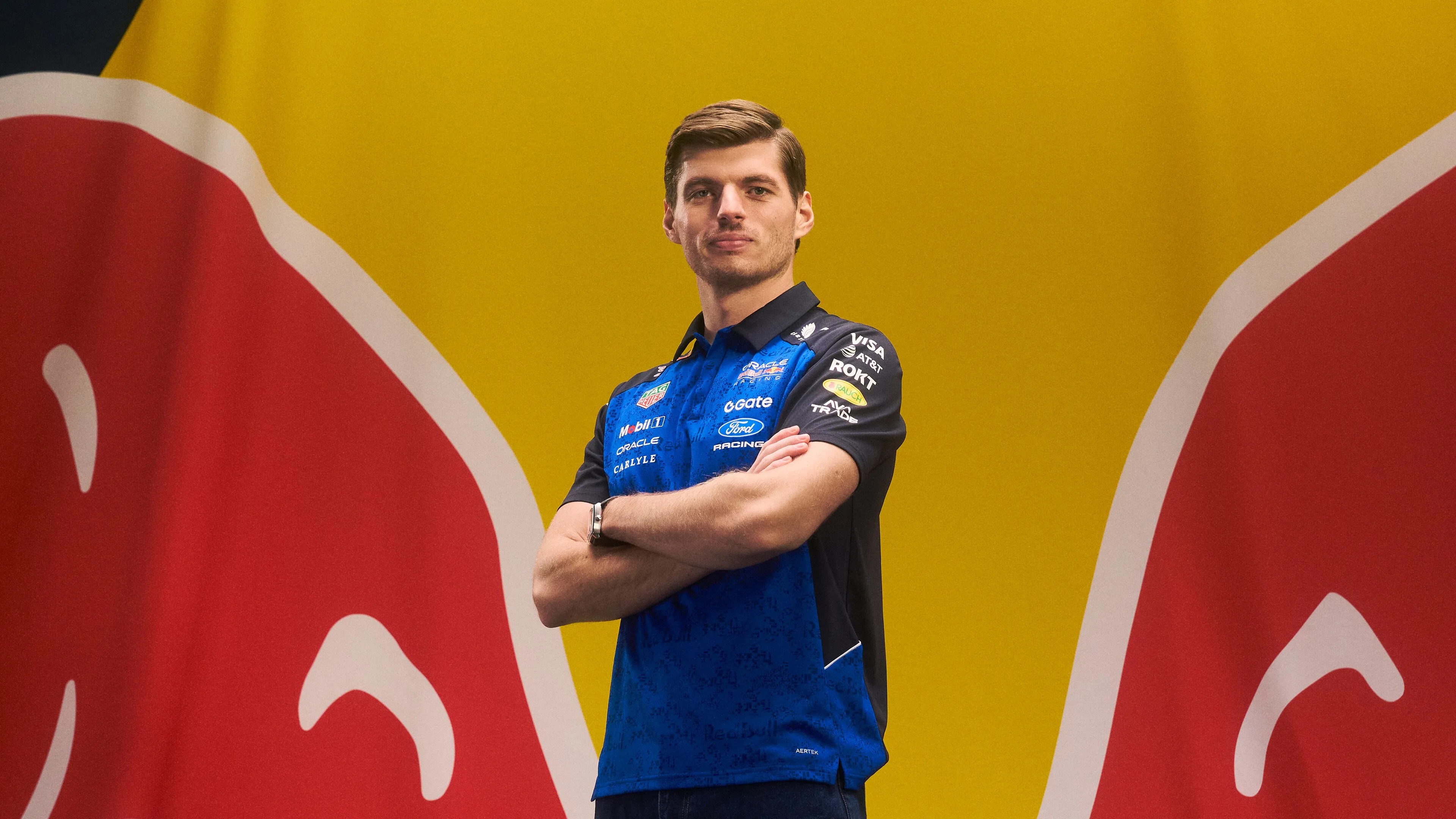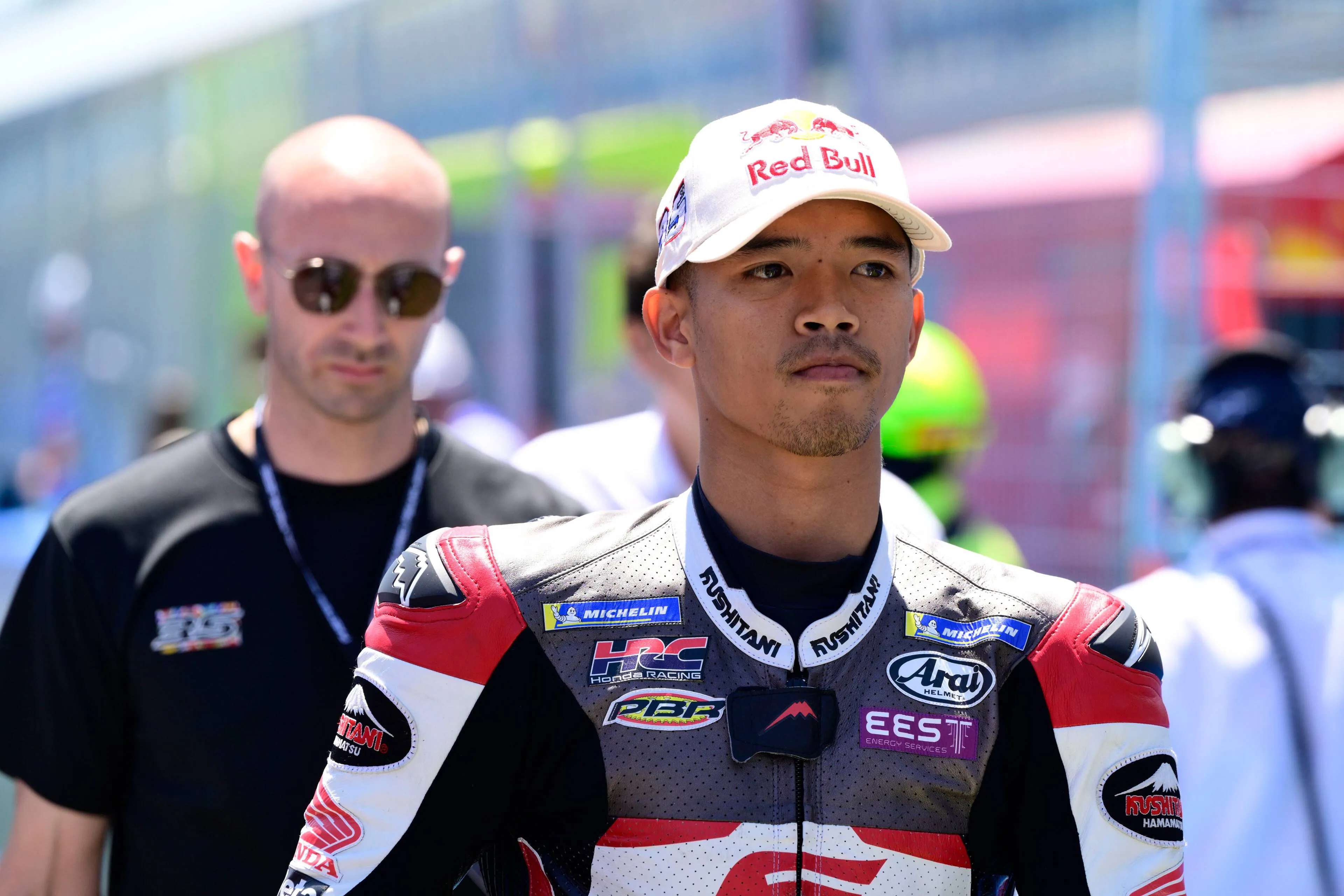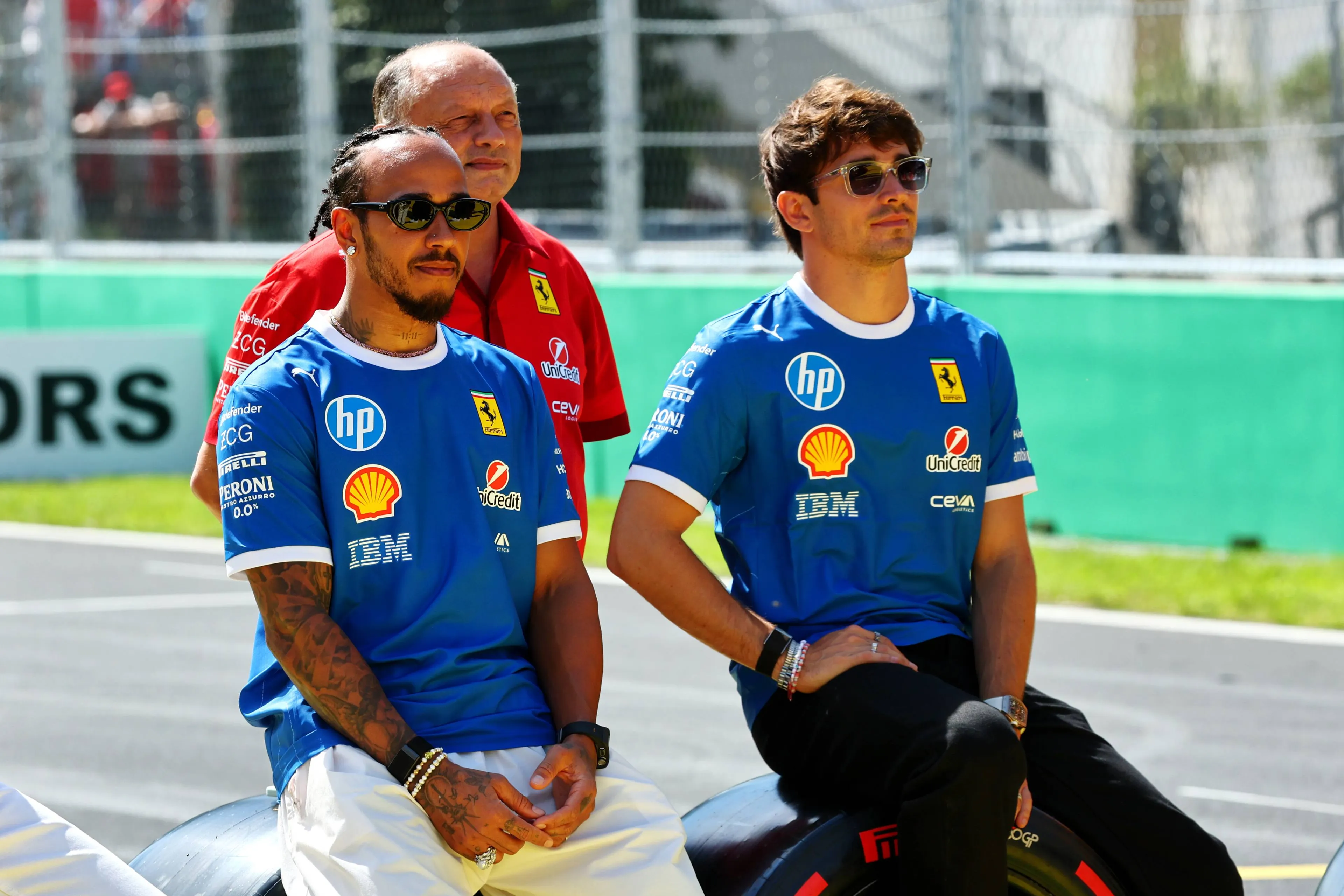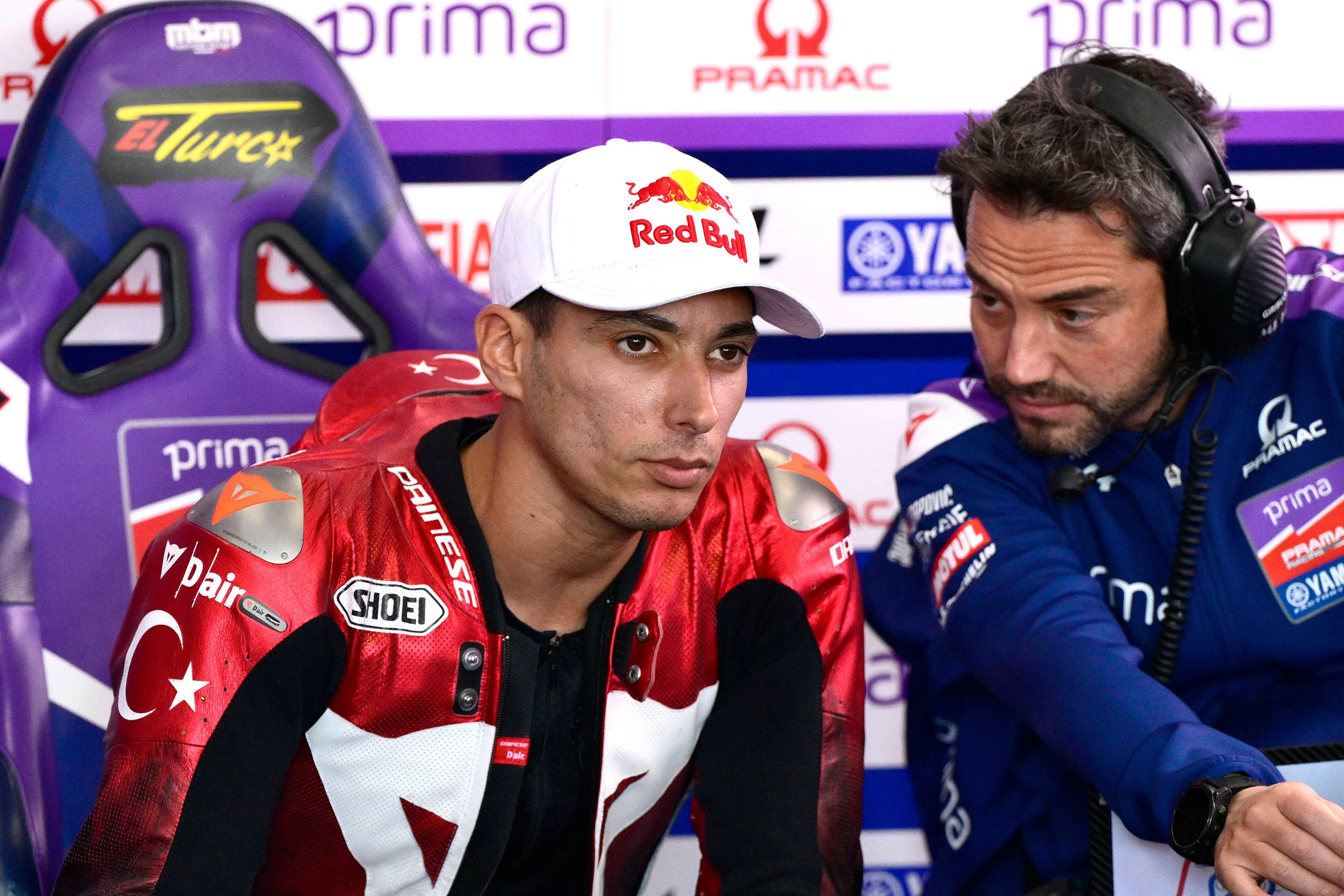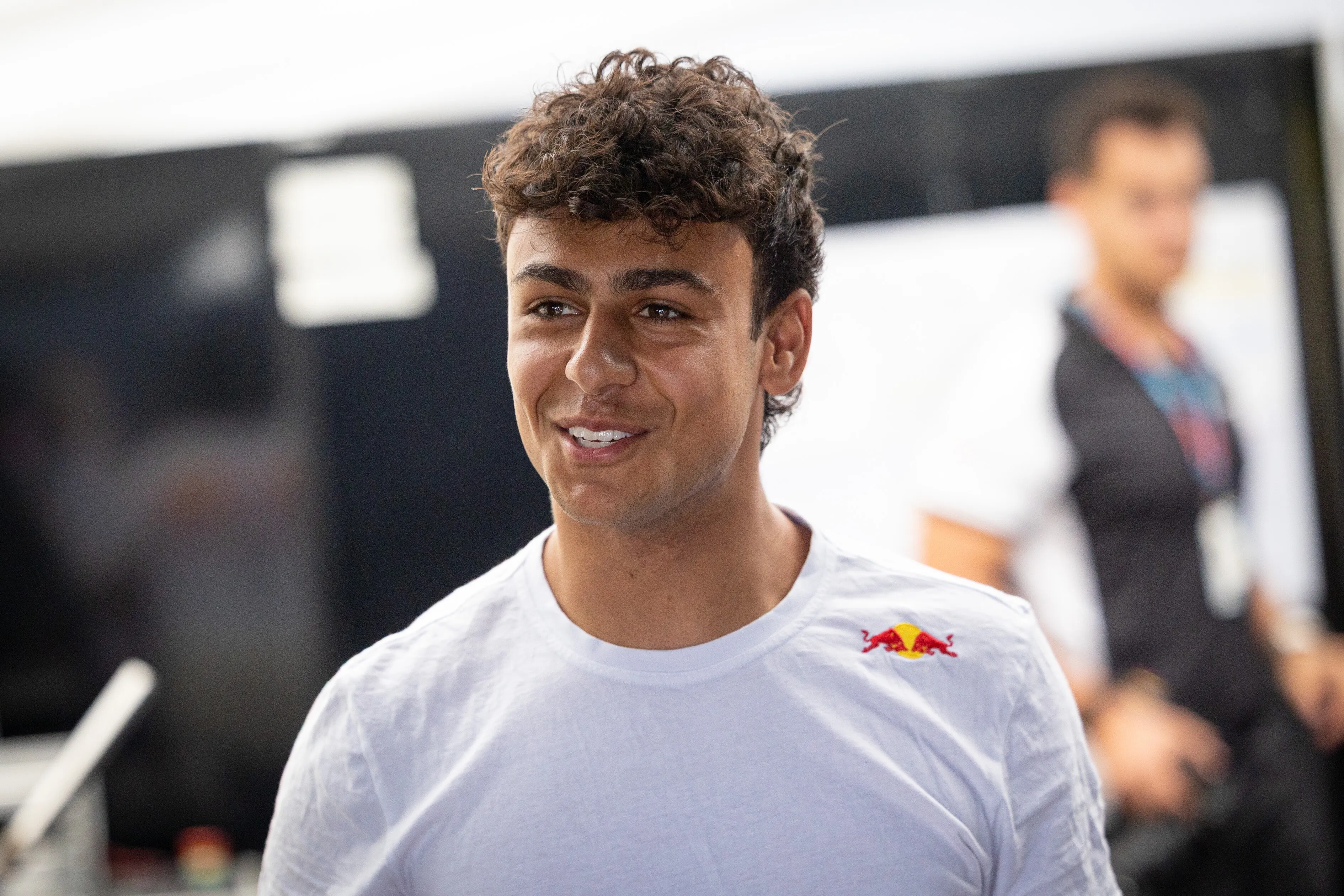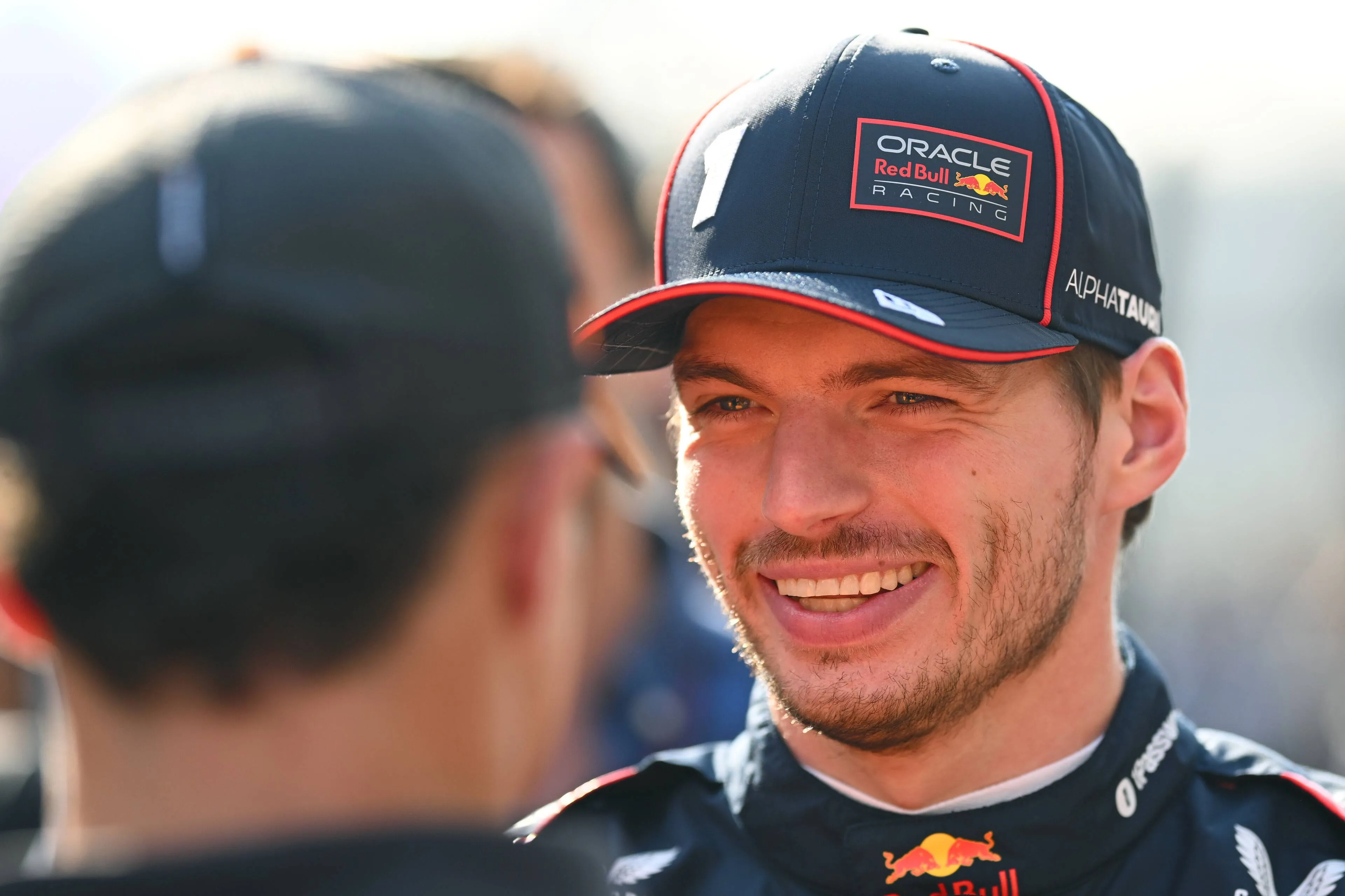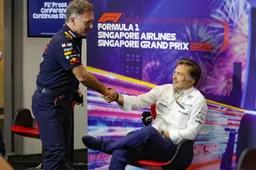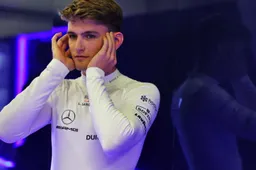Last weekend marked two weeks since Dietrich Mateschitz, co-founder of Red Bull, passed away at the age of 78 after a long battle with pancreatic cancer. This is the story of the man who made Red Bull a global brand and had an extraordinary impact in the world of car and motorsport with that brand.
Mateschitz was born on 20 May 1944 in Sankt Marein im Murztal in Styria, Austria. At the age of 28, he graduated from Vienna University, where he had studied marketing. With his marketing degree in hand, he went to work for Unilever and then the cosmetics company Blendax.
Founding of Red Bull
It was during a business trip for Blendax that Mateschitz came across a Thai drink called Krating Daeng, which literally translated means 'red bull'. He heard from locals that the drink gave them an energy boost and noted that it did indeed help him with his jet lag. Two years later, he founded Red Bull together with Chaleo Yoovidhya, the creator of Krating Daeng.
Both partners invested $500,000 and took a 49 per cent stake in the newly founded company. The remaining two per cent went to Chalerm, Chaleo's son, giving the Yoovidhya family a majority stake. Mateschitz, however, handled Red Bull's operational affairs.
First step into F1
Mateschitz had a great affinity for motorsport and invested in it early on, starting by sponsoring Gerhard Berger. He also supported drivers in junior categories, initially through a relationship with F3000 and F3 team owner Helmut Marko, who would later become his main motorsport adviser.
Until the end of 2001, Red Bull was main sponsor of Sauber, in which it owned more than 60 per cent. However, the brand decided to end the partnership when the F1 team chose to contract Kimi Raikkonen instead of Red Bull protégé Enrique Bernoldi.
Red Bull Racing and Scuderia Toro Rosso
After this, Mateschitz went in search of his own F1 team and found it in the form of the then Jaguar Racing. He bought the team in November 2004, before renaming it Red Bull Racing. Together with Marko, he decided to hire the very young Christian Horner as team boss and in 2005 Adrian Newey also joined the team.
The following year, he did the same with the Minardi team, which he and his good friend and former F1 driver Gerhard Berger bought from Paul Stoddart and then renamed Scuderia Toro Rosso. In 2021, Toro Rosso was renamed AlphaTauri, Red Bull's fashion brand.
World titles with Vettel and Verstappen
The rest is history: Red Bull Racing achieved huge successes in F1, initially with Sebastian Vettel. The German became world champion four times in a row with the team. In 2021 and 2022, it was that time again: Max Verstappen became world champion twice in a row with Red Bull and the team secured the constructors' title in 2022.
Mateschitz supported many car and motorsport classes for almost 30 years: from Formula 1, 2 and 3 to rallying, NASCAR and DTM, and from MotoGP to the World Superbike and Motocross Championships. In motorsport, there has even been a separate class called the Red Bull Rookies Cup since 2007, in which young talents can show off their skills on exactly the same equipment.
Red Bull Ring
In late 2004, Mateschitz bought the then A1-Ring (previously known as the Österreichring), where the Austrian Grand Prix was held until 2003. The circuit was renamed the Red Bull Ring and Mateschitz had grand plans for it, but was thwarted by protests from local residents and a lender pulling out of the project. Moreover, the circuit had already been partially demolished during the design phase, making it unsuitable for racing.
As a result, the survival of the circuit seemed highly uncertain, but Mateschitz managed to bring about a turnaround. In 2008, renovations continued, albeit less extensively than initially intended. In 2011, the circuit reopened and hosted another DTM race. In 2014, Formula 1 returned to the Red Bull Ring and in 2016 the circuit also returned to the MotoGP calendar, after a 19-year absence.
Wings for Life
In 2004, Mateschitz founded a non-profit foundation called Wings for Life with Heinz Kinigadner. The foundation is dedicated to spinal cord research and its mission is to find a cure for spinal cord injuries. The foundation organises the annual Wings for Life World Run, in which people around the world run the longest possible distance at the same time. Many athletes sponsored by Red Bull participate in the event every year, with all proceeds going to spinal cord research.
Instead of continuing to put only sums of money into the foundation, Mateschitz ensured that Wings for Life became completely cost-free. The idea behind this was that the foundation could continue to exist independently even after he passed away.
Hangar-7
Mateschitz set up his own hangar called Hangar-7, where his collection of old aircraft and helicopters is kept. He had a pilot's licence himself and enjoyed flying his Falcon 900 and Piper Super Cub. The private museum also houses F1 cars from Red Bull Racing, Toro Rosso and Sauber. The hangar also serves as home to the Flying Bulls, a fleet of historic aircraft that are regularly seen at air shows. The private museum is free to visit and has a bar, lounge and two-star restaurant in addition to the sights.
Besides motor and motorbike racing, Mateschitz was also very active in football. For instance, he founded a German football club called RB Leipzig. That team made it to the Bundesliga and in 2020 it was in the semi-finals of the Champions League. In addition, Mateschitz bought Austrian football club SV Austria Salzburg and US football club MetroStars, which were then renamed Red Bull Salzburg and New York Red Bulls, respectively. He also founded the football team Red Bull Brasil and acquired Red Bull Clube Atlético Bragantino, both based in the state of São Paulo.
Private life
Despite his influential position and Red Bull's global fame, Mateschitz avoided the spotlight and led a reclusive life. He watched most F1 races on television and visited his two teams in the paddock only sporadically, despite his deep commitment to the sport. Mateschitz enjoyed a quiet life in picturesque Salzkammergut, where he stayed until his death.
Read more about:
Rumors
Popular on GPBlog
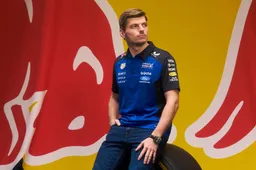
1
Wolff and Mercedes submit request for Verstappen: Nürburgring race must be rescheduled
6443 times read
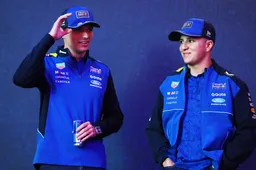
2
Red Bull skips crucial shakedown ahead of the F1 season
779 times read
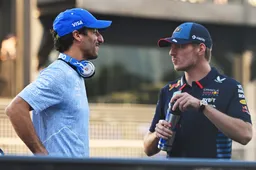
3
Max Verstappen spills on what helped him get Daniel Ricciardo’s No. 3
748 times read
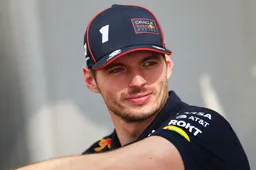
4
Verstappen issued Hamilton warning ahead of 2026 F1 Regulations
682 times read
Loading
